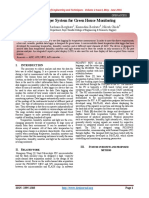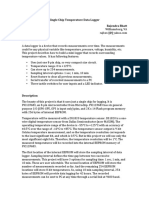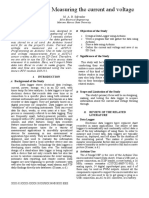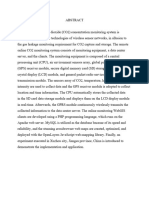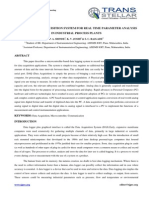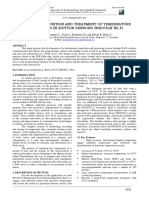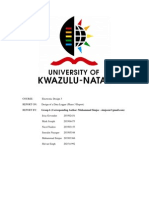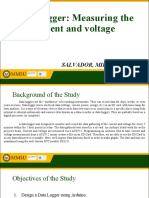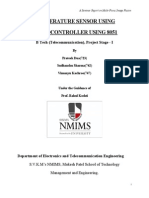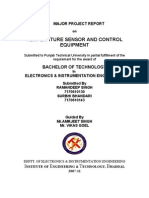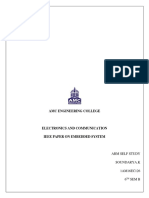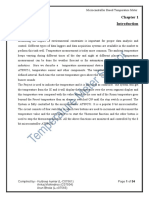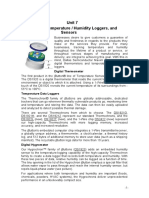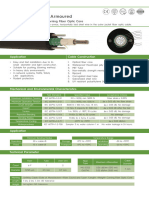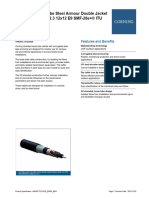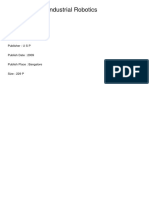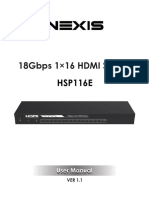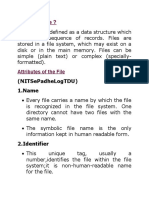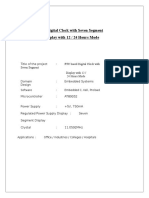0% found this document useful (0 votes)
102 views15 pagesA Temperature Data Logger Using Pic Eeprom: 4 Year - Report in Distributed Control System
This document describes a temperature data logger project using a PIC microcontroller EEPROM. The project involves designing a circuit to measure temperature using a sensor, record the temperature readings to the PIC's EEPROM at set time intervals, and transfer the recorded data to a computer. The circuit uses a single PIC chip, temperature sensor, EEPROM, switches and LED. Temperature is measured and stored periodically until memory is full, at which point data can be sent to a PC via serial interface.
Uploaded by
HaiderCopyright
© © All Rights Reserved
We take content rights seriously. If you suspect this is your content, claim it here.
Available Formats
Download as PDF, TXT or read online on Scribd
0% found this document useful (0 votes)
102 views15 pagesA Temperature Data Logger Using Pic Eeprom: 4 Year - Report in Distributed Control System
This document describes a temperature data logger project using a PIC microcontroller EEPROM. The project involves designing a circuit to measure temperature using a sensor, record the temperature readings to the PIC's EEPROM at set time intervals, and transfer the recorded data to a computer. The circuit uses a single PIC chip, temperature sensor, EEPROM, switches and LED. Temperature is measured and stored periodically until memory is full, at which point data can be sent to a PC via serial interface.
Uploaded by
HaiderCopyright
© © All Rights Reserved
We take content rights seriously. If you suspect this is your content, claim it here.
Available Formats
Download as PDF, TXT or read online on Scribd
/ 15
